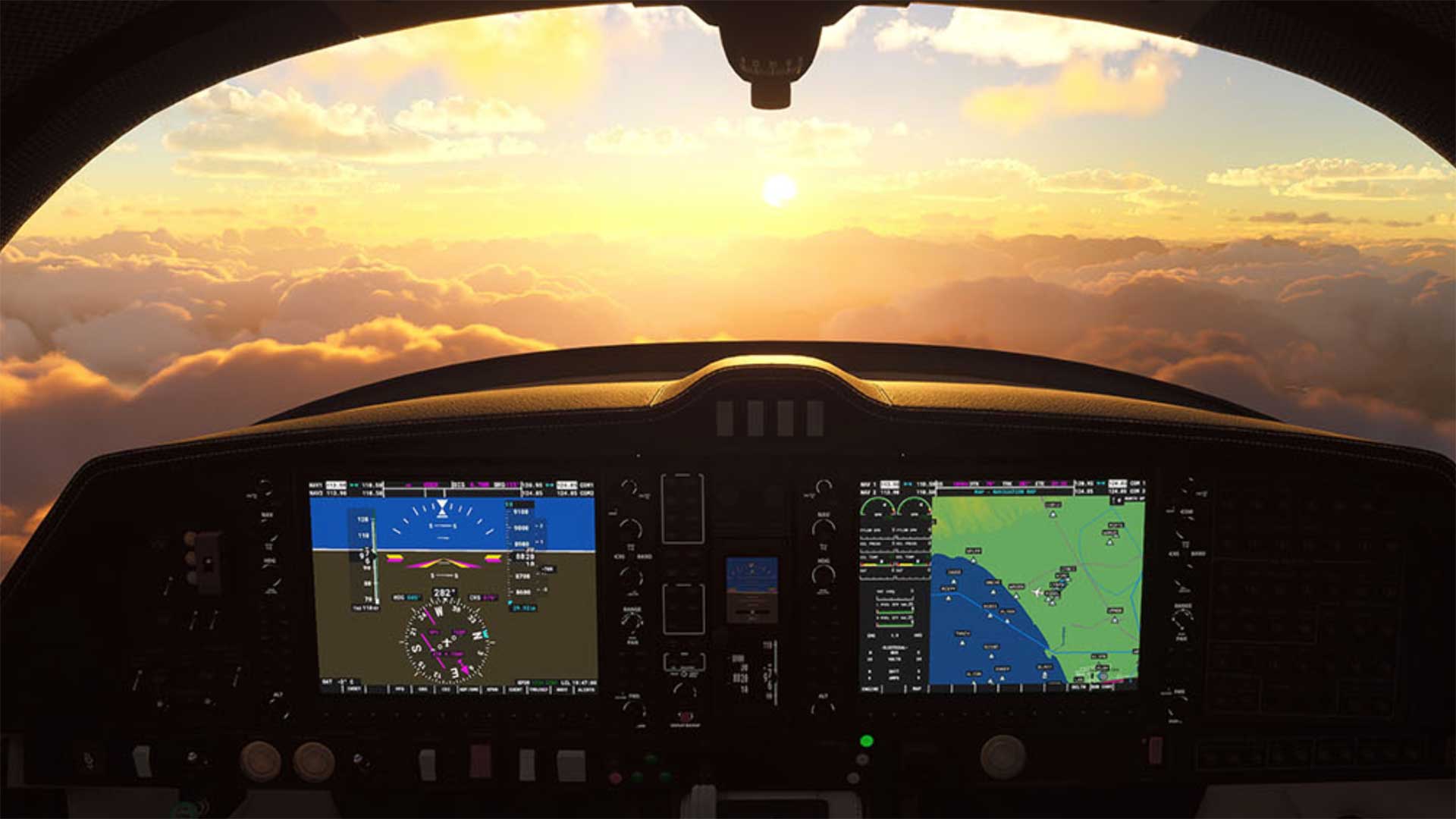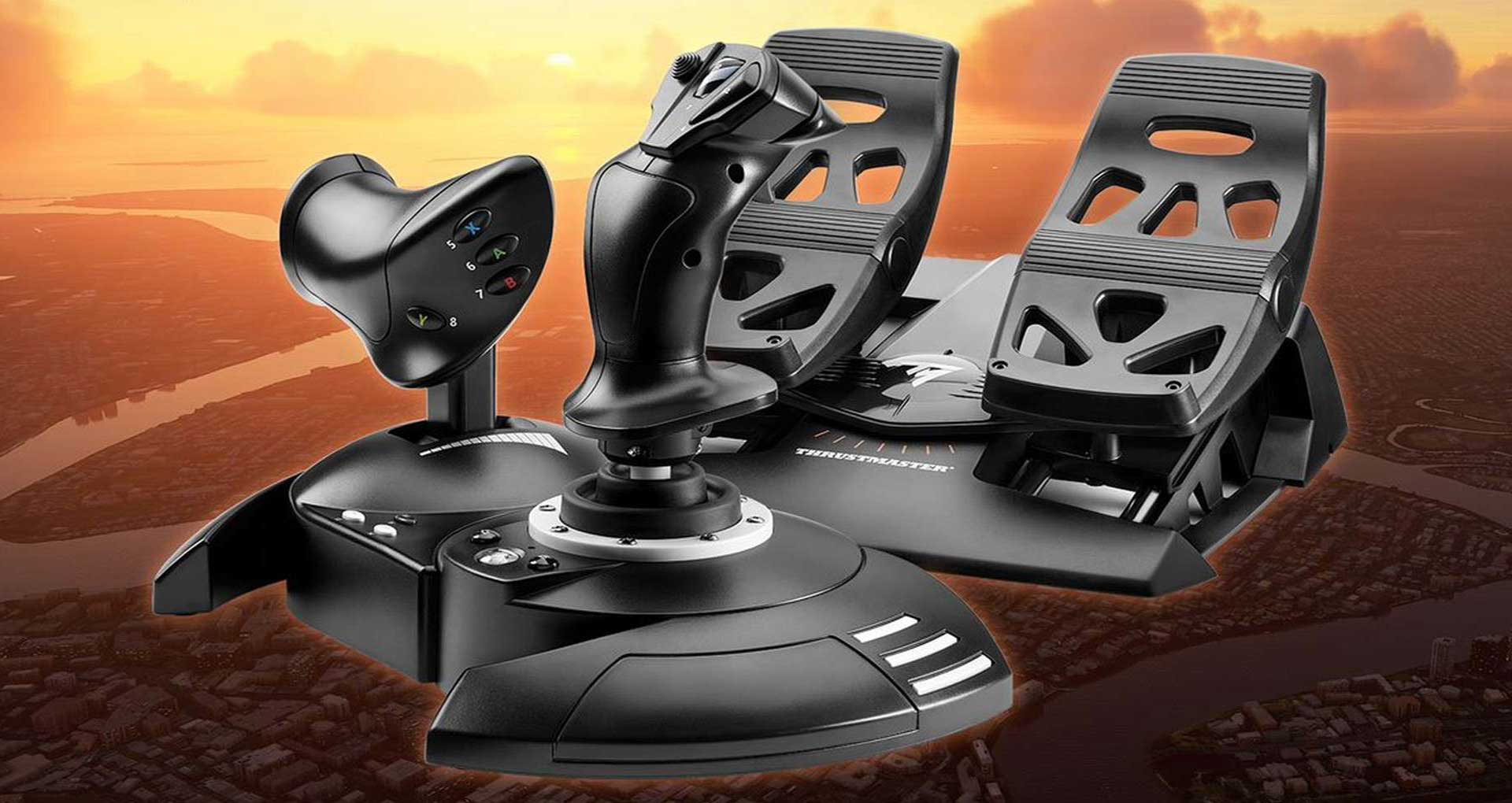
Last summer, I sat here with equal parts admiration and envy as my fellow MobileSyrup Brad played around with Microsoft Flight Simulator and its various supported peripherals on PC.
It looked really cool, but also out of reach to a “console peasant” like me. Fast forward one year, however, and the critically-acclaimed sim series has finally made its console debut after more than 30 years.
With that in mind, Flight Simulator on Xbox offers a variety of options to ease newcomers into the experience, and overall, I’m happy to say they work well.
I should preface this, however, by saying that I’m someone who’s never played a sim like this before. As a result, I was initially overwhelmed at everything you have to manage, especially when you go into the cockpit and see all of the buttons and gauges.
“Sometimes, you just want to just sit back, relax and soak in the environment, and Flight Assistant brilliantly does just that.”
Thankfully, Microsoft and developer Asobo have created 22 helpful narrated tutorials that cover all of the basics of flying, including a breakdown of all your plane’s instruments, the fundamentals of pitch, yaw and roll, and swapping between cameras. They aren’t mandatory, which is nice for more experienced people, but they’re definitely extremely handy.
At the same time, I appreciate that there are tools to take some of this load off your shoulders. In particular, there’s a ‘Flight Assistant’ that lets you that can take you on autopilot around points of interest like the Statue of Liberty. Sometimes, you just want to just sit back, relax and soak in the environment, and Flight Assistant brilliantly does just that.
It also helps that the controls have been translated fairly well to a gamepad. Of course, it’s easier if you have a keyboard, which the Xbox does support. If you don’t go that route, you’ll need to navigate a lot of menus on console to compensate for the lack of additional buttons afforded by a keyboard. But as a whole, the ample number of in-game tips and guides means that this process is at least pretty streamlined.
But the best part of my time with Flight Simulator has been with Thrustmaster’s officially supported peripherals, the T.Flight Full Kit. This includes a high-precision joystick plus rudder pedals with a slide rails system. Right off the bat, I appreciated how simple the setup is — all you have to do is plug one cable into your console’s USB port, and another to connect your pedals to the stick. From there, Flight Simulator will automatically recognize the setup and it’ll be ready to use.
This really helps ease you into the sim experience. After all, steering with a stick is something that’s just incredibly intuitive, even for someone who might not play games much. Between the two sticks and the pedals, the various commands from the PC version are more readily available to you. Again, it takes a bit of time to figure out where they all are and what they all do, but Flight Simulator does a solid job explaining it all to you.
It should be noted that the Thrustmaster Kit costs $259, so it’s not something that I would say most people should immediately go out and buy. But if you’re someone with a bit of disposable income and/or think you’ll play a good deal of Flight Simulator over the months, I’d definitely say it’s a worthwhile purchase. There are other accessories on the market as well.
Either way, it’s great that you just have options. If you want to play with your default controller, go right ahead. But there are keyboards and, on the pricier end, kits like Thrustmaster’s for more streamlined and immersive experiences. Just keep in mind, however, that the main key difference between the PC and console versions is that the latter lacks the former’s virtual reality functionality. While that’s definitely unfortunate, it’s also not Asobo’s fault, given that Xbox consoles, in general, don’t support VR.
Ultimately, though, regardless of how you play, Flight Simulator is just a really unique and enjoyable experience. With so many games focused on some form of violence (be it of the realistic or cartoonish variety), it’s refreshing to have something so laidback and peaceful.
“…the holiday launch of Xbox Cloud Gaming on consoles means that Xbox console owners will be able to stream Flight Simulator.”
Soaring over familiar locales like Toronto or foreign cities like Tokyo while looking out at the buildings, residential areas, highways and parks below was a surprisingly engrossing and relaxing experience. All the while, I enjoyed knowing that I could put the controllers or accessories down and turn on the Flight Assistant if I wanted to unwind even more. As someone who’s been trying to listen to a greater variety of podcasts in recent months, this feature pairs especially well with that pastime.
The best part of all this is that Flight Simulator is available on Game Pass, which means that it’s easy to jump in and out of at will. Just knowing the game will always be on the service and continuously receive updates makes it simple yet rewarding to come back to. What’s more, the holiday launch of Xbox Cloud Gaming on consoles means that Xbox console owners will be able to stream Flight Simulator. On top of freeing up storage space, this will allow those with the last-gen Xbox One — which can’t natively run Flight Simulator — to actually play the game.
Regardless of which platform or control method you use, though, one thing’s for sure — taking to the skies in Flight Simulator is well worth your time.
Image credit: Xbox
MobileSyrup may earn a commission from purchases made via our links, which helps fund the journalism we provide free on our website. These links do not influence our editorial content. Support us here.




